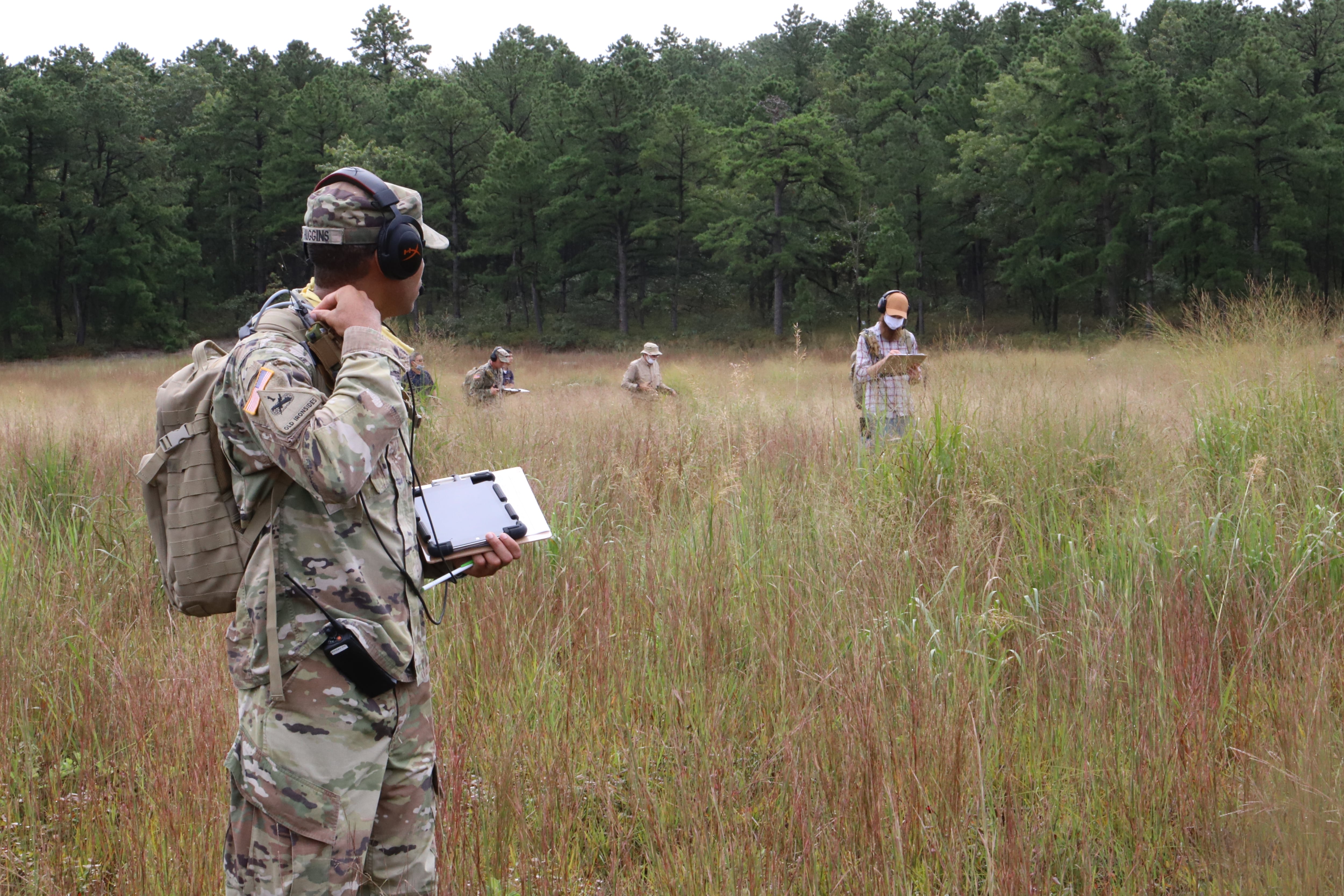WASHINGTON — The U.S. Army made critical advancements this year to strengthen the radios it plans to use for multidomain operations in contested and congested environments in the future.
The Army’s Combat Capabilities Development Command’s C5ISR Center — Command, Control, Communications, Computers, Cyber, Intelligence, Surveillance and Reconnaissance Center — worked with vendors Persistent Systems and Silvus to bolster radios to stand up to electronic warfare attacks from highly capable adversaries such as China and Russia. The radios are “very, very difficult to jam,” according to Dan Duvak, chief of the C5ISR Center’s Radio Frequency Communications division.
The new radios are able to detect and evade interference, as well as operate on reduced power, Duvak said. Radios from each company were among the most promising capabilities at the C5ISR Center’s Network Modernization Experiment.
“We’re pretty cognizant that if we just use our legacy system [and] send energy out in all directions, you know, we’re not very efficient with our power and batteries, from dismounts and things like that,” Duvak told C4ISRNET in an interview earlier this year. “But also, the adversary is going to have that capability to detect us. And as soon as they detect our radio transmissions, that’s a bad place to be.”
To help prevent that scenario, the Army worked started working with commercial vendors in 2019 to strengthen its radios’ resiliency. The project is part of the Army’s effort to modernize its tactical network by delivering new tools, known as capability sets, every two years. Capability set ’21, which was delivered to soldiers this year, focused on filling immediate tactical network gaps.
Persistent Systems and Silvus radios are targeted for capability set ’23, which focuses on increasing network resiliency and improving bandwidth. The Army expect to use the radios at the mid-tier, allowing soldiers in a company to communicate back to a brigade or battalion level that may be a far distance away.
The radios use several techniques to avoid interference and jamming. While working with the C5ISR Center, Persistent Systems strengthened radio transmission security by improving the robustness of its waveform, Duvak said. The advanced capabilities office took the radio to its electronic warfare lab and tested different adversarial jamming techniques on the radio to see how it performed.
“We’ve been able to build out the types of attacks into the hundreds, varying all the types of things that get varied per jamming technique,” said Eric Stern, vice president of engineering and operations at Persistent Systems. “We have built new detection and mitigation electronic protection measures, adapted those, and built them into the firmware to maximize performance.”
A critical feature of the Persistent Systems radio is that the resiliency capabilities are added through a firmware update, meaning the Army can upgrade all the radios it has bought from the company. Plus, the update is free, adding major cost savings, Duvak added.
The Silvus radio, meanwhile, used advanced interference cancellation algorithms and frequency switching to avoid adversarial jamming. The company and the Army are excited about power control features on Silvus radio that minimize the amount of energy the radios give off in the field, helping avoid detection.
“It’s a way of automatically throttling back the power of your system to minimize the [radio frequency] footprint,” said Jimi Henderson, a Silvus vice president. “And even in a dynamic mobile scenario where nodes are moving around, it’s intended to always use the minimum power necessary to maintain a given reliability.”
Duvak said that the radios are particularly useful for robotic systems in the future that need low latency and high bandwidth to send video and other large data files to soldiers, particularly if they are streaming live video. The radios from the two companies are far more capable than current models, he said.
“If you have a manned vehicle controlling an unmanned vehicle, the unmanned vehicle is going to be sending live video feeds back so you can drive it right and you can control it,” Duvak said. “It’s also going to be collecting a lot of sensor data ... of what the battlespace looks like and sending that back for situational awareness. So there’s a lot of data coming back from that robotic platform.”
Andrew Eversden covers all things defense technology for C4ISRNET. He previously reported on federal IT and cybersecurity for Federal Times and Fifth Domain, and worked as a congressional reporting fellow for the Texas Tribune. He was also a Washington intern for the Durango Herald. Andrew is a graduate of American University.








